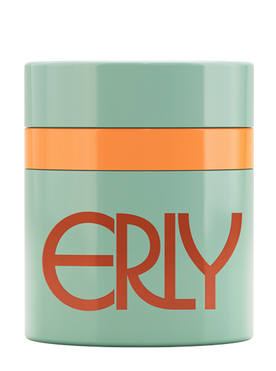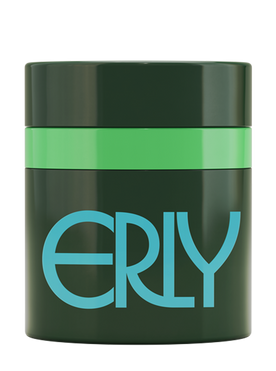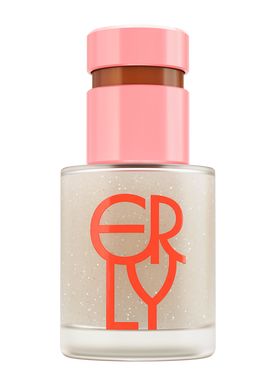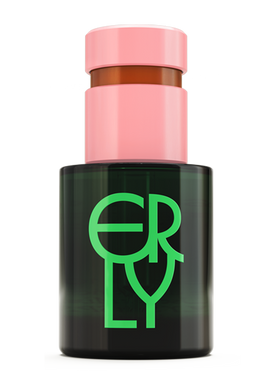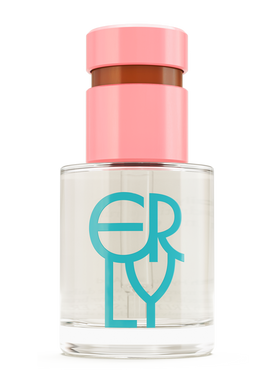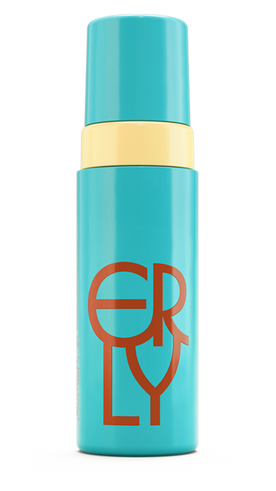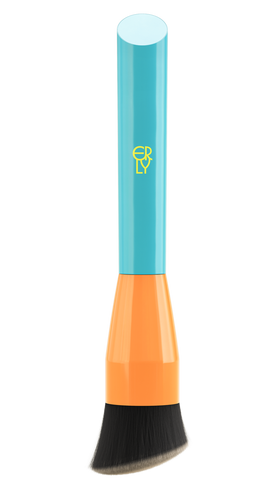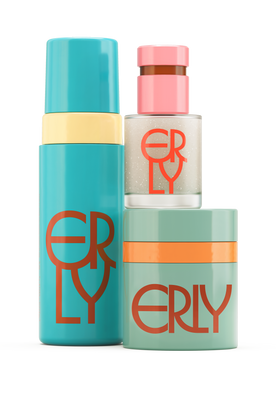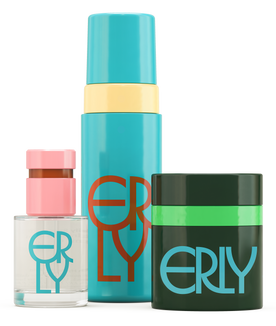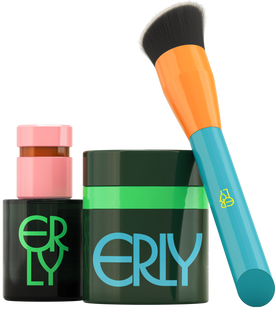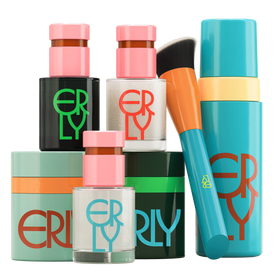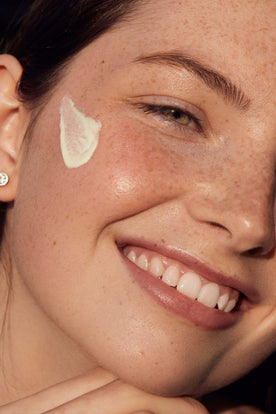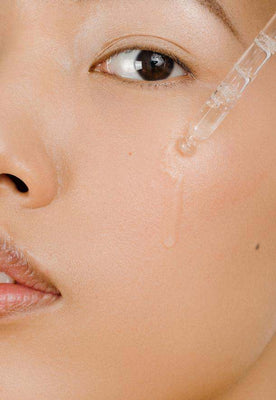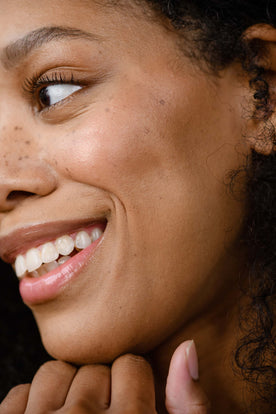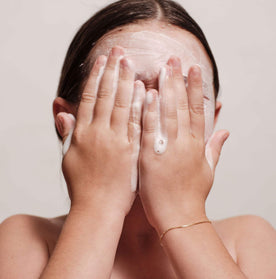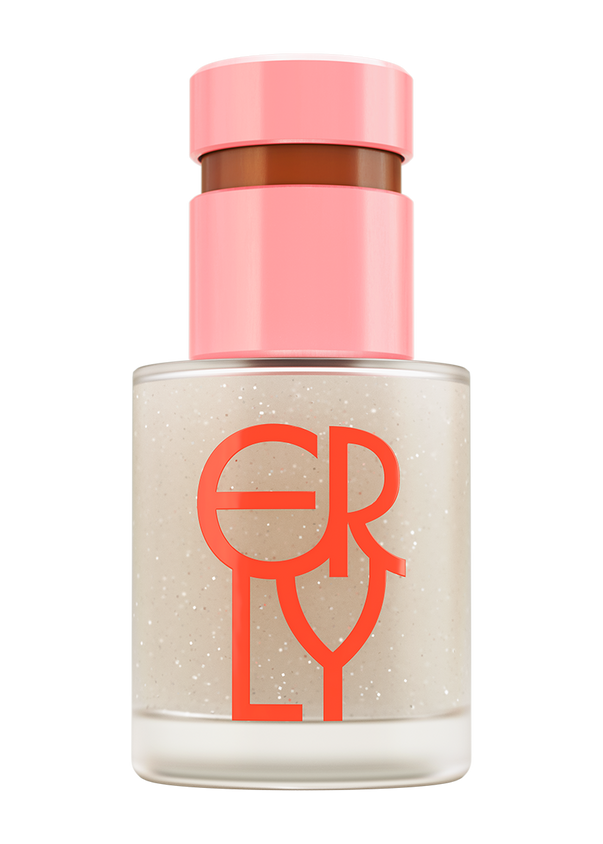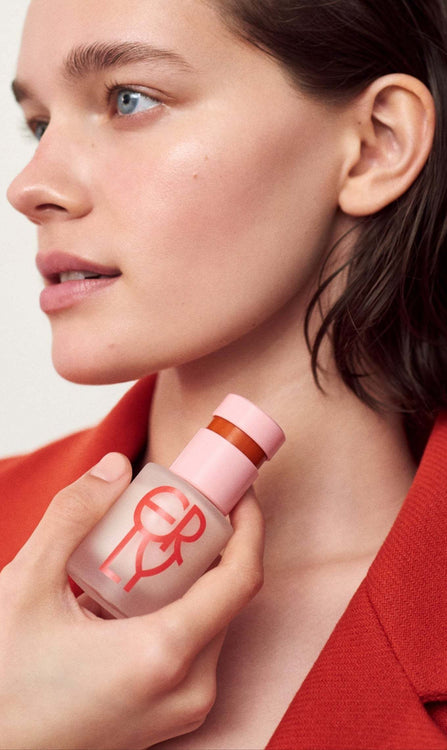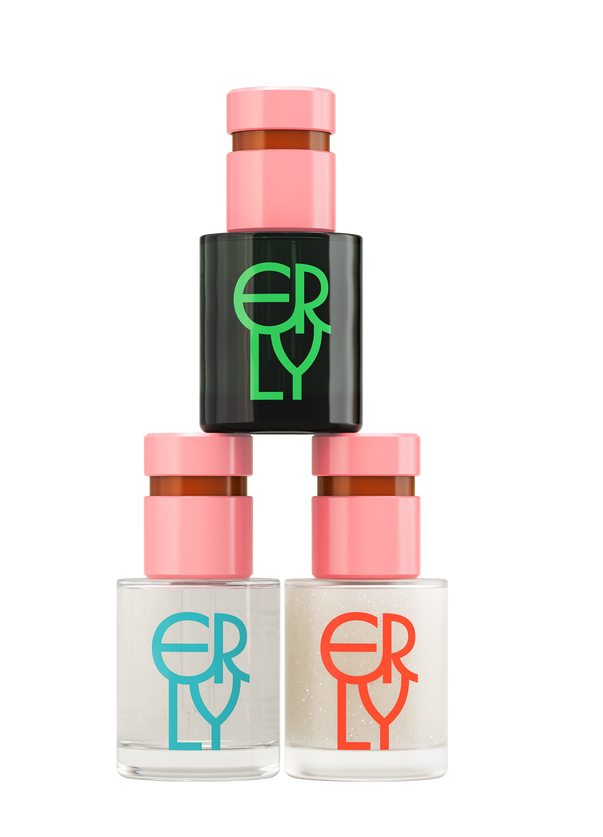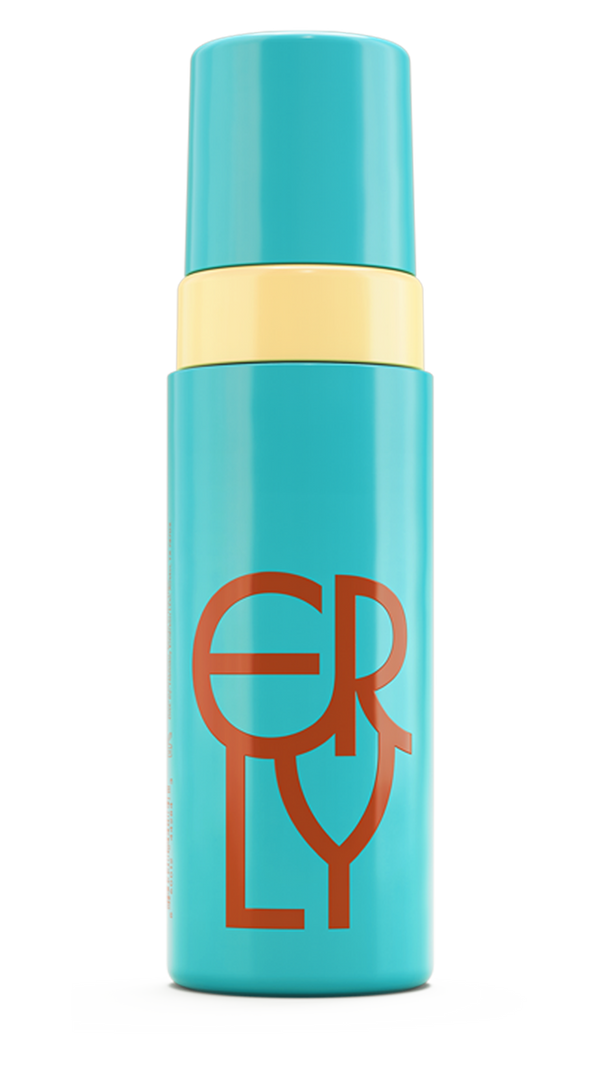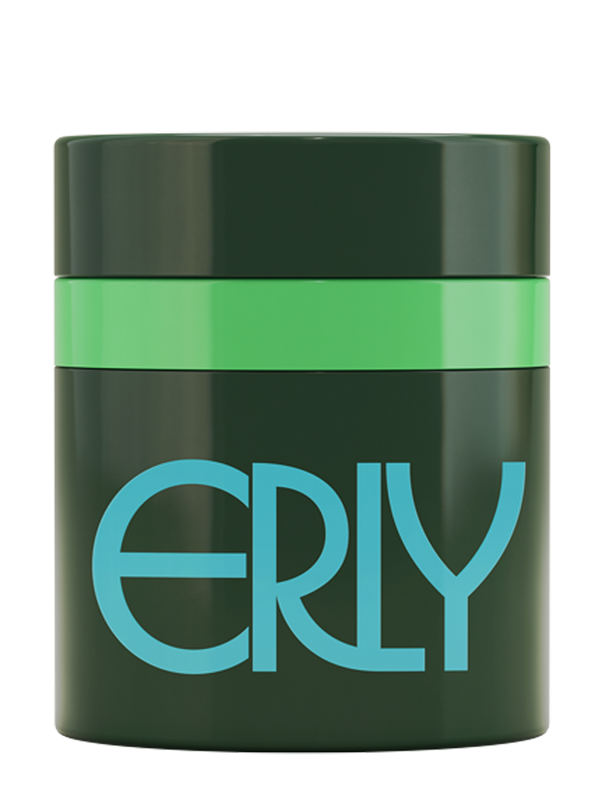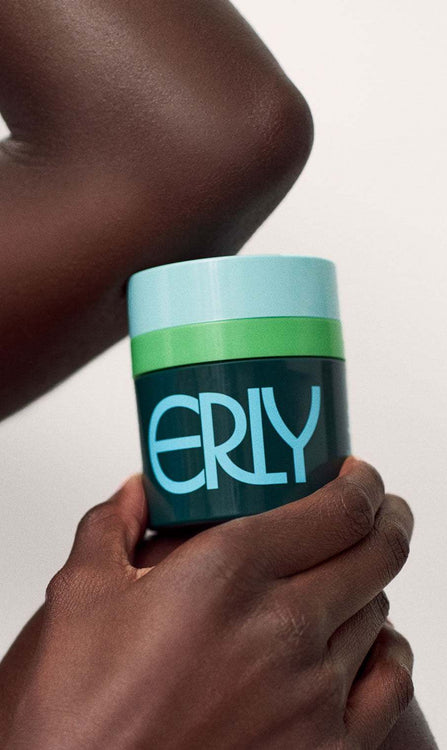If you’ve spent more than five minutes on beauty TikTok lately, you’ve probably seen it—someone pulling back their skin with clear adhesive strips or stretchy “lifting” tape, instantly revealing a snatched jawline or a higher-looking brow. Face tape is one of those trends that looks amazing in a 10-second video, but leaves you wondering: Is this just a party trick… or an actual beauty solution?
Let’s take a closer look at what face tape does, the pros and cons, and some dermatologist-approved alternatives for smoother, firmer-looking skin—no adhesives required.
What Exactly is Face Tape?
Face tape is typically a small strip of strong adhesive or elastic material applied to the skin, often at the temples, jawline, or neck. The tape is anchored in a hidden area (like under your hair) and pulled tight to lift sagging skin, smooth wrinkles, or alter facial proportions.
It’s not new—Hollywood makeup artists have been using it for decades in red carpet and stage settings. But in the age of high-definition selfies, short-form video, and influencer culture, face tape has found a new audience of everyday users looking for an instant “facelift” without injections or surgery.
How Face Tape Works
Face tape works entirely on mechanical lift, meaning it physically pulls the skin upward and holds it in place while you wear it. It doesn’t treat or change the underlying skin structure—it just repositions the surface temporarily.
Think of it like using a clip to tighten a loose dress: it changes the look, but once you take it off, nothing underneath has changed.
The Appeal
Face tape can create:
-
Instant results – Visible lift in seconds.
-
Photo/video enhancement – Great for special events or shoots.
-
No downtime – No needles, no recovery, no healing period.
It’s easy to see why people love it for weddings, parties, or on-camera work.
The Drawbacks
While face tape can be fun for a night out, it comes with some limitations and potential risks:
-
Short-lived effects – Results disappear the moment the tape is removed.
-
Skin irritation – Strong adhesives can cause redness, itching, or even contact dermatitis.
-
Pulling delicate skin – Repeated tugging may contribute to skin laxity over time.
-
Visible edges – In real life (and certain lighting), tape can be noticeable.
-
Hair damage – Adhesive near your hairline can snag and break hair.
Face Tape for Sleep Wrinkles
There’s another type of “face tape” gaining popularity—not for lifting during the day, but for preventing sleep wrinkles overnight. This version involves applying silicone or adhesive pads to areas like the forehead, between the brows, or the sides of the face before bed.
How it’s supposed to work:
The tape or pads physically hold the skin smooth, preventing it from folding into creases when you sleep on your side or stomach. Over time, proponents claim this can reduce the development of fine lines caused by repeated compression.
Dermatologist’s take:
-
While these pads may help temporarily smooth morning pillow lines, they don’t increase collagen or truly reverse wrinkles.
-
For people who sleep in the same position every night, they might help reduce repetitive folding—but you can often get similar results by adjusting your sleep position (back sleeping).
-
Adhesives used nightly can still cause irritation, especially in sensitive or aging skin.
Better alternative:
Support your skin’s resilience overnight with a deeply hydrating formula like ERLY Night Moisturizer, which helps skin recover from daily stress and maintain elasticity—so it bounces back better from those nightly creases.
What About Mouth Tape?
Mouth taping is a separate but equally viral adhesive trend. Instead of lifting skin, people use specially designed strips over their lips while sleeping to keep their mouths closed, with the goal of encouraging nasal breathing overnight.
Proponents claim benefits like reduced snoring, better sleep quality, and less morning dryness in the mouth. Some even say it prevents “sleep wrinkles” from pressing your face into the pillow.
From a dermatologist’s perspective:
-
Mouth taping isn’t a skin treatment—it’s more about breathing and sleep hygiene.
-
If you have nasal congestion, allergies, or sleep apnea, it could be unsafe. Always talk to a doctor before trying it.
-
Adhesives around the lips can irritate delicate skin, especially if you have eczema, chapped lips, or a compromised skin barrier.
If you do try mouth taping, use only products designed for this purpose (not regular tape), and keep your skin barrier healthy with a gentle, hydrating moisturizer—something like ERLY Night Moisturizer, which contains hyaluronic acid and vitamin E to soothe and protect.
Why Face Tape Can’t Replace Skincare
Face tape doesn’t address the biological causes of sagging or wrinkles. Skin firmness and smoothness depend on collagen, elastin, and hydration levels—factors that tape can’t replenish.
Aging, sun exposure, lifestyle factors, and even genetics all affect how quickly these supportive skin elements break down. The only way to truly improve skin’s appearance is to take care of it daily, so it stays resilient over time.
The Dermatologist-Approved Alternative
Instead of relying on quick fixes, focus on strategies that keep your skin looking firm and radiant naturally:
-
Hydration for Plumpness
Well-hydrated skin looks smoother and reflects light more evenly, which softens the appearance of lines. A multi-weight hyaluronic acid serum like ERLY Daily Splash delivers hydration at multiple levels, so skin stays supple all day. Use it on damp skin, then follow with moisturizer to lock it in. -
Barrier Support for Long-Term Resilience
A strong skin barrier keeps essential moisture in and environmental stressors out. ERLY Night Moisturizer combines hyaluronic acid and vitamin E to replenish the barrier while you sleep, so you wake up with skin that feels softer, looks fresher, and is more resistant to everyday damage.
Realistic Expectations: Skincare vs. Instant Tricks
Here’s the honest truth: skincare can’t give you the same overnight “pulled back” effect as face tape. But it can make your skin look healthier, more hydrated, and more youthful every day—without the risk of irritation or the awkward moment when your tape starts peeling in the middle of a party.
Think of skincare as building the foundation. Face tape is like hanging up a pretty curtain—it might hide something temporarily, but it won’t stop the foundation from crumbling if you neglect it.
When Face Tape Might Make Sense
I’m not anti-face tape—it has a place if you’re realistic about what it can do. If you:
-
Have a photo shoot or special event
-
Want to experiment with makeup looks that need a lifted effect
-
Are using it purely for fun and not as a daily routine
…then go ahead and try it. Just make sure your skin is clean before applying (to reduce the risk of trapped bacteria), and be gentle when removing it to avoid irritation or microtears.
The Bottom Line
Face tape, face pads for sleep wrinkles, and mouth tape are all adhesive-based trends with different purposes—but none are replacements for healthy, consistent skincare. They can provide a short-term visual change or reduce temporary creasing, but real skin improvement comes from daily care.
If you’re tempted to try the latest viral beauty hack, go for it—but don’t skip the basics. A healthy, glowing complexion is the best “lift” you can give yourself, and it doesn’t require adhesives.
At ERLY, our products keep your skin hydrated, smooth, and resilient—so even without tape, you’ll feel confident in your own skin.
